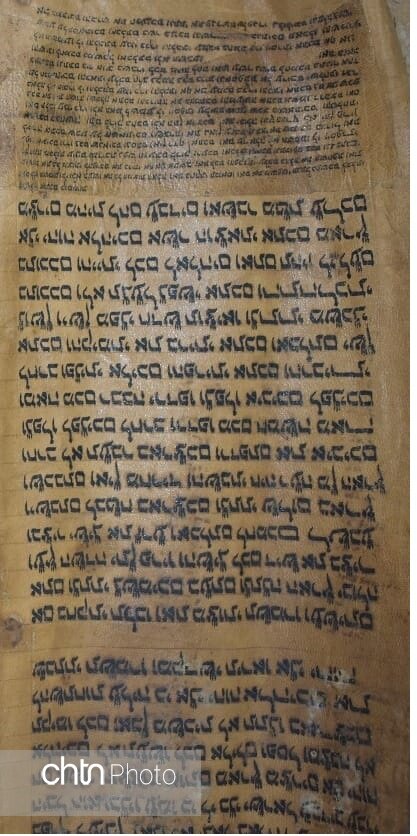Safavid-era leather sheets restored as treasure trove of fortress

TEHRAN – A team of cultural heritage experts has successfully restored some Safavid-era (1501-1736) documents, which are inscribed on leather sheets as the treasure trove of the ancient Falak-ol-Aflak Fortress in western Iran.
"The fortress’ treasure trove consists of 52 meters of historic leather sheets, of which 24 meters were preserved and restored in this phase of the project," Lorestan province's tourism chief announced on Wednesday.
"The leathern works date back to the Safavid-era and they were written in ink," Seyyed Amin Qasemi said.
A very sensitive organic material, leather is subject to various damages in terms of its protein structure, as well as the effect of environmental conditions and its very sensitive nature, the official explained.
Made of brick and mortar, the unmissable eight-towered monument dominates the capital city of Khorramabad as one of the most visited travel destinations in the region for both domestic and foreign sightseers.
The fortress dates from the Sassanid era (224–651). It seems particularly imposing and dramatic when floodlit at night, offering picturesque views of its encircling crenelated battlements.
The Sassanid era is of very high importance in Iranian history, under which Persian art and architecture experienced a general renaissance.
Soaked in history and culture, Lorestan is one of the lesser-known travel destinations in Iran, which mainly acts as a gateway to the sweltering plains below in adjoining Khuzestan province. Lorestan is also a region of raw beauty that an avid nature lover could spend weeks exploring.
ABU/AFM

Leave a Comment